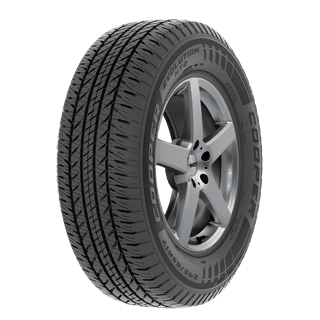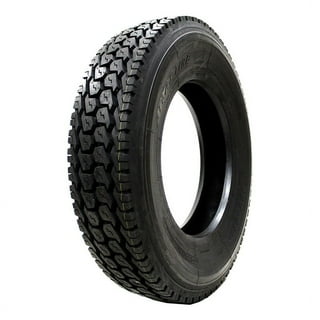Tire Service: The Impact of Weather Conditions
When it concerns making certain optimal performance and safety and security on the roadway, recognizing the influence of weather conditions on tire solution is vital. From scorching warmth to icy roadways, each weather aspect can significantly influence tire functionality and total driving experience. By diving right into the impacts of differing weather on tires, vehicle drivers can gain beneficial insights that may boost their car's performance and long life. In this discussion, we will check out the detailed connection in between weather and tire solution, losing light on the value of weather-specific tire maintenance methods and factors to consider.
Warmth and Tire Efficiency
When exposed to high temperature levels, tires experience changes in performance that can dramatically impact car safety and security and handling. The heat produced from prolonged driving or hot climate conditions creates the tire rubber to soften, causing reduced step life and increased wear. As the rubber becomes softer, the tire's hold on the road lessens, affecting braking distances and total grip. In extreme situations, excessive warm can even trigger tire blowouts, presenting a serious security risk to the car and its occupants.
Furthermore, high temperatures can accelerate the process of tire aging, triggering the rubber to deteriorate extra promptly. This can lead to splits, protrudes, and various other types of damage that jeopardize the architectural stability of the tire. To alleviate the effects of heat on tire performance, vehicle drivers ought to on a regular basis examine their tire pressure, rotate tires to ensure even put on, and examine for any indicators of damages. In addition, making use of tires specifically designed to stand up to heats can help maintain optimal efficiency and safety when driving.
Cold Weather Impacts
Cold climate conditions can have a substantial influence on tire efficiency and safety and security. As temperatures decline, tire rubber can solidify, bring about decreased grip on icy or snow-covered roads. In winter, tires might likewise shed air pressure a lot more swiftly, which can impact handling and fuel effectiveness. In addition, cool temperature levels can create tire sidewalls to stiffen, increasing the risk of damage from pockets or various other roadway threats.
To alleviate the effects of cool weather on tires, it is crucial to regularly check tire pressure and inflate them to the supplier's advised levels. Utilizing winter season or all-season tires made for winter conditions can additionally enhance grip and hold on icy or snowy roadways - tires morris il. Proper tire upkeep, consisting of regular examinations for wear and damage, ends up being much more crucial throughout colder months to ensure optimal performance and security
Rainy Conditions Effect
During stormy problems, tire efficiency and security can be dramatically More Bonuses affected by the damp roadway surfaces and reduced exposure. The step pattern of tires plays an important duty in maintaining grip on wet roads. Tires with damaged treads are more vulnerable to hydroplaning, where a layer of water develops between the tire and the roadway surface area, causing loss of traction. To fight this, motorists must regularly examine their tires for sufficient step deepness and think about purchasing tires especially designed for wet conditions.

Snow and Tire Safety And Security
Snow-covered roadways posture one-of-a-kind challenges for chauffeurs, emphasizing the significance of correct tire selection and maintenance. When driving in snowy problems, having the right tires can make a considerable distinction in security and efficiency. Winter home tires are designed with special rubber compounds and walk patterns to supply much better traction on snow and ice contrasted to all-season tires. The deeper footsteps and sipes of winter season tires aid grasp the road much better, decreasing the threat of sliding and sliding.
Along with utilizing winter tires, it is critical to ensure they are correctly pumped up. Cold weather can trigger tire pressure to go down, influencing grip and handling (discount tires morris il). Consistently checking and keeping the right tire pressure is vital for optimal efficiency in snowy problems

Weather-Related Tire Upkeep
Weather-related tire maintenance incorporates a range of methods intended at guaranteeing ideal tire function and durability in various climate situations. One key aspect of weather-related tire upkeep is tire stress law. Checking tire tread regularly and replacing tires when walk wear gets to a certain deepness is essential for maintaining traction and stability in unfavorable weather.
Conclusion
In verdict, weather have a significant effect on tire efficiency and safety. From warmth influencing tire pressure and put on to cool climate reducing grip, it is important to consider the climate when keeping and using tires. Stormy problems can reduce hold and result in hydroplaning, while snow can enhance the threat of accidents if tires are not appropriately equipped. Weather-related tire maintenance is critical in making sure optimum efficiency you can try this out and safety and security when traveling.
In this discussion, we will certainly explore the intricate relationship in between climate problems and tire service, shedding light on the value of weather-specific tire upkeep methods and factors to consider.
